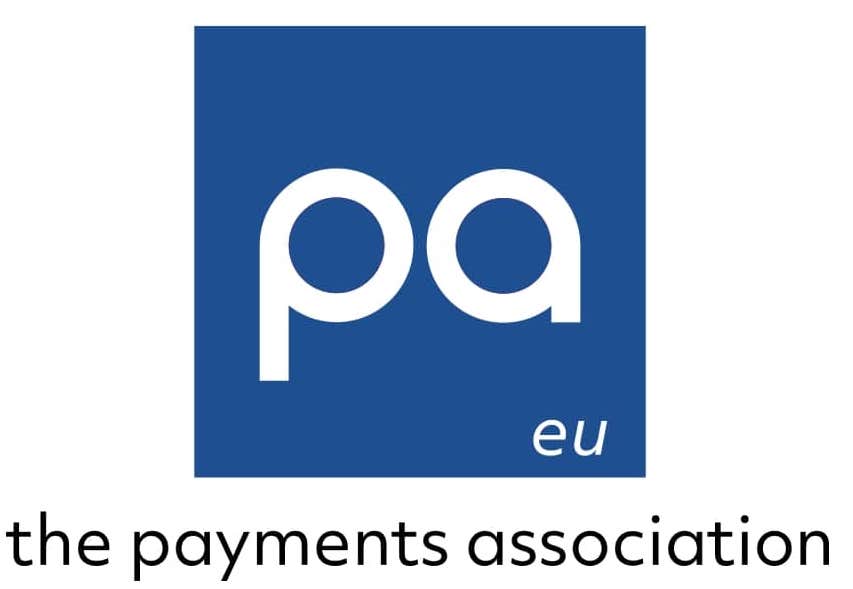The benefits of Google Wallet and Apple Pay in the corporate world
December 02, 2022
Mobile wallets: taking the headache away from embedded payments cards
Cited as one of the top 5 payment trends to watch for 2023, digital wallet adoption is set to grow even further next year and beyond. Research by McKinsey found that over two-thirds of Americans expect to have a mobile wallet within two years think Google Wallet and Apple Pay. Many think they will have three or more of them, which, the study says, “is a notable change from the legacy model of carrying around a single leather wallet.”Here’s everything* you need to know about digital wallets like Google Wallet and Apple Pay, and why your business won’t want to be left behind this trend.
A digital wallet stores card details and sits in your mobile device enabling you to make purchases online or in the physical world either by tapping it just as you would for a contactless card payment or checking out online without having to populate your card details. Digital wallets take payments to a new level of convenience and security. But the wallet, as the word implies, is just a container. What are those payment cards that go inside the wallet and are being used to make payments? They may be ordinary payment cards from a traditional bank account, but that’s not the only possibility. Increasingly they are virtual cards, cards that don’t exist in the physical world, they are only digital credentials, generated by the everyday applications we use – not just the financial institution we bank with. Once your customers can load their embedded finance debit cards into their Apple Pay or Google Wallet, their usage and stickiness will skyrocket.For example, Weavr has innovators on its platform who have seen an uplift in card volume of over 700% in the months after enabling Apple Pay and Google Wallet.
By monetising the embedded finance services, you can generate higher revenue per user and reduce churn – Weavr have reports of 2x revenue per user! As more and more of these apps embed the ability to offer their virtual debit cards and embedded finance as part of a rounder offering, it’s not just B2C and eCommerce, it’s coming to life in the B2B world too. For example, where employees have money to spend, like lunch allowances from an employer, an authorised payment for office equipment, or the ability to spend your earnings from a marketplace or gig-work platform, (businesses such as Ben, MONET, or finway, to name a few). Embedded finance use cases like these are all about designing good digital user experiences. So if digital wallets, Google Wallet and Apple Pay make it easier for customers to use those cards and spend those funds securely, than if they use a physical card or have to expense things through a lengthy process – that’s a big win. Most mobiles come with their own wallet that’s ready to go. For example, the iPhone has Apple Pay, Samsung has Samsung Pay, and other phones using the Android operating system have Google Pay. The great thing about mobile wallets from a business perspective is that they are easy to accept, as most in-person POS systems that allow contactless payments will also accept mobile wallet payments.Let’s first look at some real-world examples, before exploring the nitty-gritty:
Let’s compare a physical plastic card to a digital wallet alternative scenario: Ready?Scenario 1:
Imagine you’re working in your office and there’s only one shared company credit card to pay for stuff. Each time you want to use it:- You have to get it from Sandra’s desk drawer
- Manually input the card details (probably twice, as that 3 really looked like an 8 on the first try)
- Oh, an SMS verification code has been sent to Sandra’s phone
- Gosh, darn it, Sandra’s off getting her hair done today
- Message Sandra – boy, she’ll be annoyed…
- 2 hours later… Sandra messages back with the code omitting any emojis (she’s raging)
- Enter code
- Code’s expired, re-send to Sandra with a promise of her fav chocolate bar when she’s back in the office tomorrow
- Ok, she sends back with a smiley face emoji – all is good with Sandra
- Enter code
- Ta-da – purchase made
Scenario 2
Let’s now look at what that looks like with a Weavr mobile wallet embedded into a user’s application:- Choose to pay with Apple Pay (or Google Wallet)
- Smile for the camera, face recognition authorisation complete
- Done


